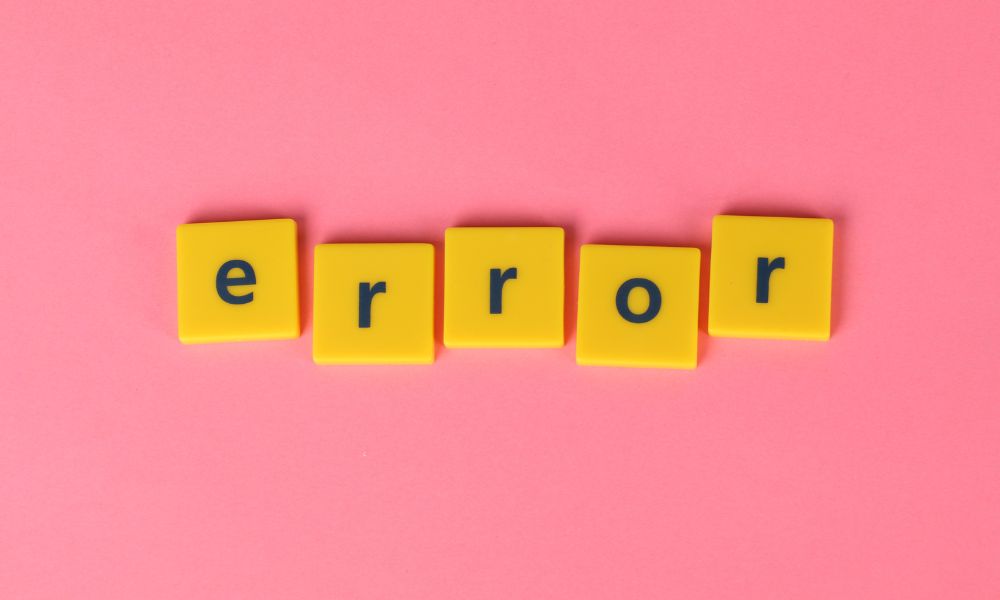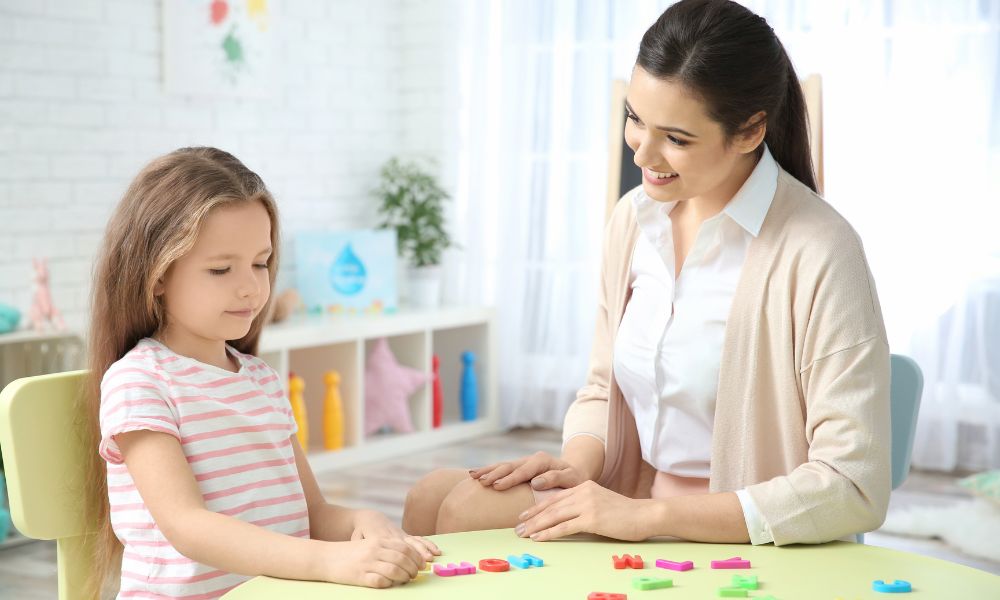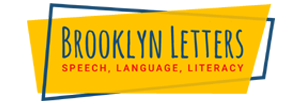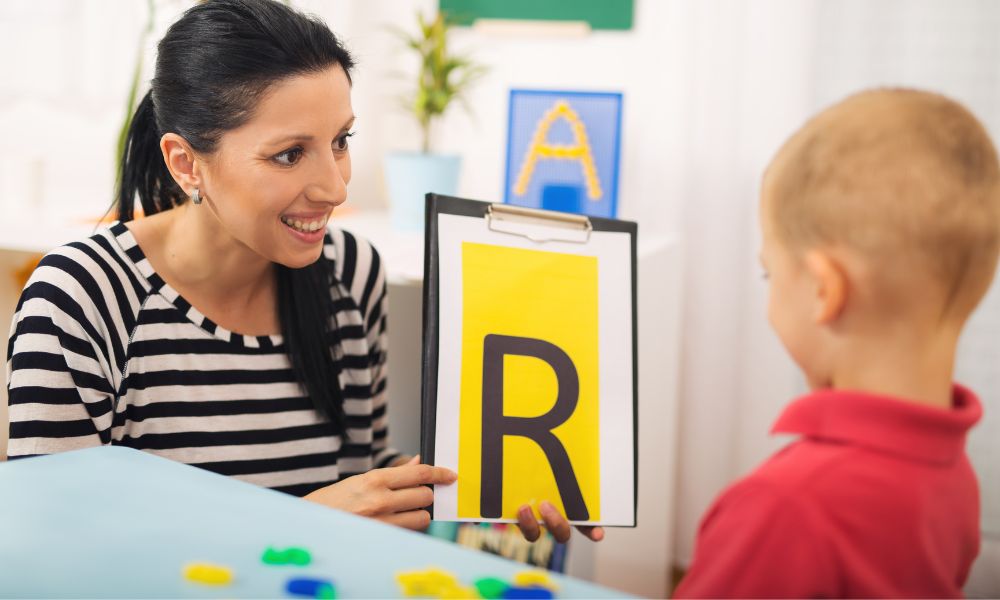Roaring with the R Sound: Mastering the Art of Pronunciation

The “r” sound is a common sound in the English (US) language and can be produced in several different ways.
- Vocalic R, r-controlled vowels, or vowel R are terms used to describe vowel sounds that are influenced by the presence of a vowel followed by the letter “R” in a word. Here are examples of common vocalic R, r-controlled vowels, or vowel R:
- “ar” as in “car,” “barn,” “harm,” “park,” “start”
- “er” as in “her,” “fern,” “sister,” “fern,” “winter”
- “ir” as in “bird,” “shirt,” “dirt,” “first,” “shirt”
- “or” as in “more,” “fork,” “short,” “door”
- “ur” as in “turn,” “curl,” “hurt”
- “air” as in “air,” “hair,” “stair,” “chair,” “pair”
- “are” as in “care,” “bare,” “share,” “stare”
- “ear” as in “ear,” “fear,” “near,” “peer”
- “ire” as in “fire,” “tire,” “desire,” “hire”
- Prevocalic R or initial /r/ refers to the occurrence of the letter “R” before a vowel sound within a word. In this position, the “R” remains consistently consonantal, without affecting the vowel sound that follows it. Here are some examples of words with prevocalic R:
- The “R” comes before the vowel- red, risk, rib, rub, ran, run
- The “R” precedes the vowel and is in a consonant cluster e.g. /gr/- grime, prime, trimester, grind, brisk, primal, grin, trim, grindstone
In these examples, the “R” remains a consonant sound before the vowel sound that follows it. It does not influence or change the pronunciation of the vowel. Prevocalic R is commonly found in many English words and contributes to the complexity and diversity of the language.
Each of these variations of the /r/ sound has a distinct sound and can be used to create different pronunciations of words. When used correctly, the /r/ sound can make speech more fluid and help to give words more emphasis. Understanding how to produce the /r/ sound properly is an important part of learning English (US) language and can help to improve pronunciation. Speech language therapists will assess the various types of /r/ sounds to determine which /r/ sounds one needs to work on at various levels, eg. sound, syllable, beginning, middle, and end of words.
Why is Producing the /R/ Sound so Difficult?
The /r/ sound is one of the most difficult sounds to produce in the English language (US). It is a voiced consonant, meaning that it requires the vibration of the vocal cords to produce it. Producing it requires good coordination between the tongue, lips, and teeth, making it a difficult sound to master. English language learners who are not native English speakers may find it particularly challenging due to their native language not having the same sound. The /r/ sound can also be difficult to hear, as it is usually unvoiced in English (US).
What are Common /R/ Sound Speech Errors?
The English language can be difficult to learn, especially when pronouncing the letter “R.” There are several common errors that English language learners make when pronouncing the “R” sound, and understanding and correcting these mistakes can be a challenge.
One common mispronunciation is when the “R” sound is replaced with a “W” sound, as in the word “wrack” instead of “rack.” This is a common mistake and can be corrected by practicing the proper pronunciation of the “R” sound.

How Children Learn the /R/ Sound
Learning the /r/ sound is an important part of language development for children. This sound typically develops between ages 5 and 8, but the age range may be wider depending on the individual learner. The /r/ sound in English is an alveolar tap or trill, which is produced by tapping the tip of the tongue against the alveolar ridge behind the upper front teeth.
By understanding the /r/ sound and introducing activities and games to help children learn this sound, parents and educators can help children develop the necessary language skills to be successful in school and life.
Common /R/ Sound Speech Errors:
- Substituting “W” for “R”: One of the most common mispronunciations is substituting the “W” sound for the “R” sound. This occurs when the tip of the tongue doesn’t make contact with the alveolar ridge (the area behind the upper teeth), resulting in a sound that resembles “with” instead of “rush.” For example, pronouncing “rabbit” as “wabbit” or “red” as “wed.”
- “R” and “L” Confusion: Some learners, particularly those whose native languages don’t distinguish between the “R” and “L” sounds, may struggle with differentiating between the two. This can lead to mispronunciations, such as pronouncing “rice” as “lice” or “run” as “lun.”
- “R” Flap: In certain English dialects, the “R” sound can be pronounced as a flap, also known as an alveolar tap. This is a quick, single tap of the tongue against the alveolar ridge. Learners who are not familiar with this pronunciation may mistakenly produce a trilled “R” or pronounce it as a vowel sound, such as “uh” or “uh-uh.”
- Guttural or Throaty “R”: In some languages and dialects, the “R” sound is produced using the back of the throat or a guttural pronunciation. This can lead to mispronunciations where learners produce a deep, throaty sound instead of the standard alveolar or retroflex “R” sounds found in English.
- “R” Omission: Another common mistake is omitting the “R” sound altogether, especially in certain word positions. This omission can occur at the end of words or syllables, resulting in words like “car” being pronounced as “ch” or “better” as “betta.”
To address these mispronunciations, focusing on proper tongue placement and airflow is crucial. Practice exercises, such as repeating words with the correct “R” sound and paying attention to the position of the tongue, can help improve pronunciation. Additionally, seeking guidance from a speech therapist or using online resources specifically designed for “R” sound practice can be beneficial.
Valuable Tips and Techniques for Targeting the /R/ Sound:
- Tongue Placement: Proper tongue placement is crucial for producing the R sound. Encourage the individual to place the tip of their tongue just behind the alveolar ridge (the bumpy ridge behind the upper front teeth) or slightly curled back towards the roof of the mouth, depending on the specific R variation targeted.
- Articulatory Modeling: Use visual cues, such as mirrors or videos, to provide a clear model of correct tongue and lip movements for producing the R sound. Encourage the individual to observe their own mouth movements and compare them to the model for self-correction.
- Auditory Discrimination: Develop auditory discrimination skills to help individuals distinguish between correct and incorrect productions of the R sound. Engage in minimal pair activities, where words that differ only by the presence or absence of the R sound are contrasted, to train the ear to identify subtle differences in pronunciation.
- Gradual Shaping: Start with easier R sounds and progress to more challenging variations. Begin with vocalic R sounds (e.g., “ear,” “air”) or the alveolar tap/trill R (e.g., “butter,” “rabbit”) before moving on to retroflex R sounds (e.g., “red,” “car”).
- Chunking: Break down words or phrases containing the R sound into smaller units and practice each unit separately. This approach allows the individual to focus on mastering specific sounds within a controlled context.
- Repetition and Drill Practice: Encourage the regular practice of R sound productions through repetition and drill exercises. Practice saying R sounds in isolation, then progress to syllables, words, phrases, and eventually sentences. Use various materials, such as word lists or flashcards, to provide a wide range of R sound practice opportunities.
- Everyday Integration: Encourage individuals to incorporate the R sound into their everyday conversations. Suggest talking about specific topics or engaging in role-play activities that require frequent use of the R sound. This practice reinforces their ability to produce the sound in real-life situations.
- Positive Reinforcement: Provide positive feedback and encouragement throughout the speech therapy process. Celebrate even small improvements and successes, as this can boost confidence and motivation.
- Consistency and Patience: Consistent practice is key to progress. Encourage individuals to practice their R sound productions regularly, even outside therapy sessions. Remind them that progress takes time and patience, and setbacks are a natural part of the learning process.
How to Treat Problems with the /R/ Sound
1. Seek Professional Guidance: Consult a speech-language pathologist (SLP) or a speech therapist specializing in articulation disorders. They can evaluate your specific difficulties with the /R/ sound and provide tailored exercises and techniques to address them effectively.
2. Tongue Placement: Proper tongue placement is crucial for producing the /R/ sound. The tongue should be raised and arched slightly toward the alveolar ridge (the bumpy area behind the upper front teeth) without touching it. Practice tongue exercises, such as elevating the tip of the tongue behind the front teeth while keeping the back of the tongue down.
3. Articulation Exercises: Engage in targeted articulation exercises to strengthen the muscles involved in producing the /R/ sound. Some common exercises include:
a. Tongue Twisters: Practice saying tongue twisters that contain multiple /R/ sounds, such as “Red leather, yellow leather” or “Rory’s running round the railway track.”
b. Word Repetition: Repeat words with the /R/ sound, focusing on correct tongue placement and airflow. Start with simple words like “run” or “red” and gradually progress to more complex words and sentences.
c. Minimal Pairs: Work on distinguishing between similar sounds and minimal pairs to develop auditory discrimination. For example, practice contrasting words like “rat” and “bat” or “right” and “light.”
4. Model Native Speakers: Listen carefully to native English speakers who pronounce the /R/ sound accurately. Observe their mouth and tongue positions and try to mimic their pronunciation. You can find audio or video resources, such as online tutorials or speech therapy apps, that provide native speaker models for practicing the /R/ sound.
5. Record and Self-Evaluate: Record yourself speaking and listen back to identify any errors or areas that need improvement. Pay attention to tongue placement, clarity, and overall accuracy. Self-evaluation can help you monitor progress and make adjustments as needed.
6. Consistent Practice: Regular and consistent practice is key to improving your /R/ sound. Set aside dedicated time each day to focus on practicing tongue exercises, word repetition, and tongue twisters. Incorporate the /R/ sound into your daily conversations and gradually increase the complexity of words and sentences.
7. Patience and Persistence: Remember that mastering the /R/ sound takes time and patience. Progress may be gradual, but with consistent effort and perseverance, you can overcome difficulties and achieve clear and accurate pronunciation.
If you’re looking for professional help with your “R” sound, it’s a great idea to consult with a speech-language pathologist (SLP). An SLP is a trained professional who specializes in diagnosing and treating speech and language disorders.

How Can Our Speech Pathologists Help with /R/ Sound Speech Errors?
Our speech therapists will evaluate the child’s ability to produce the “r” sound in various word positions (initial, medial, and final) and different contexts (syllables, words, phrases, and sentences). They will observe the child’s accuracy, clarity, and overall speech intelligibility. We will also examine the structures involved in speech production, including the lips, tongue, jaw, and palate, to assess their structure, strength, and coordination.
Our SLPs may also assess the child’s receptive and expressive language skills to understand how their linguistic skills impact their speech production skills. We will analyze the child’s productions of the “r” sound in various linguistic and phonetic contexts to identify specific error patterns or strategies used by the child.
Based on the assessment findings, our SLPs will develop an individualized treatment plan to address the child’s specific difficulties with the “r” sound. This plan may involve a combination of therapy techniques, such as auditory discrimination and targeted speech drills, to help the child develop accurate and consistent production of the “r” sound.
Chat with Us Today! Our Speech Therapists Are Ready to Help You Right Now!
FREE CONSULTATION!!!
Call: (347) 394-3485, Text: (917) 426-8880
Email: [email protected]
(we respond to email right away!)
Craig Selinger
Latest posts by Craig Selinger (see all)
- NYC Middle School Transition Support Group - April 7, 2024
- Understanding Toddler Neurodevelopmental Evaluation - April 3, 2024
- Rare Diseases in New York City - February 29, 2024













